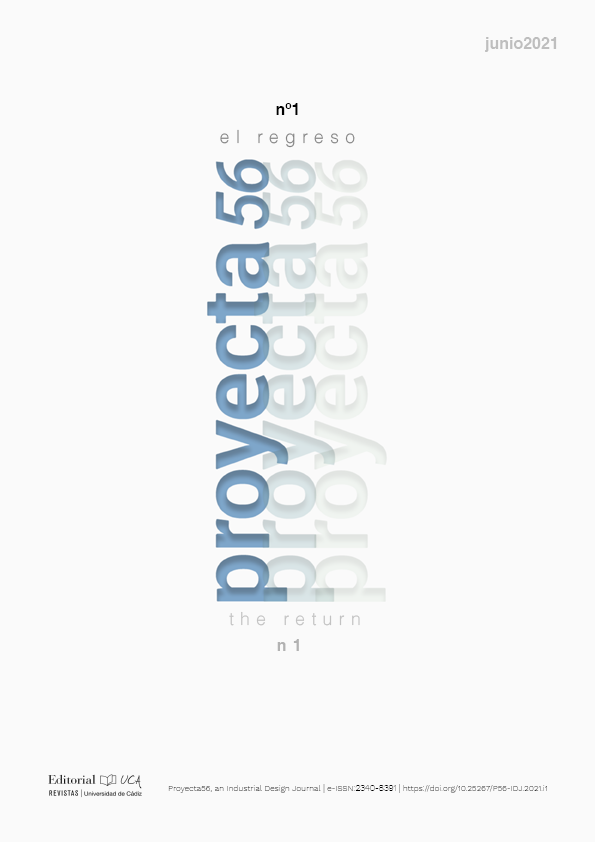Eco-design of a photovoltaic parking structure to promote the use of renewable energies in companies
Abstract
In 2020, more and more companies are seeking to promote the Sustainable Development Goals (SDGs) in the policies they implement. In this regard, the promotion of the use of renewable energies stands out in several articles: goals number 7, 11 and 13, fundamentally. In addition, an increasing number of companies are seeking to provide benefits to their employees, beyond their salaries, through different initiatives, obtaining advantages such as increased productivity.
It is in this context of SDGs and initiatives for employees that the market for the photovoltaic canopy proposed in this work is framed. It will be marketed to companies whose interest is to provide their employees with a place where they can leave their vehicles charging during the working day while also promoting the sustainability of the company itself. The canopy is strategically designed to facilitate its transport and installation, reducing its environmental impact in both phases. All the work is framed under the eco-design methodology, editing the materials and geometry to provide added value and reduce its environmental impact.
Keywords
Downloads
How to Cite
License
This Journal is under a Creative Commons License Attribution-NonCommercial-NoDerivs 4.0 International.
References
Diferencias entre el aluminio y el acero. (Febrero de 2021). (Perfiles de Aluminio.Net) Recuperado el 10 de 2020, de https://perfilesdealuminio.net/articulo/diferencias- entre-el-aluminio-y-el-acero/21
Fusion Energía Solar. (Marzo de 2021). Recuperado el 21 de 09 de 2020, de https://fusionenergiasolar.es/kits-solares-baratos/466-kit-solar-con-marquesina- para-recarga-de-2-coches-electricos-4kw.html
ihobe. (03 de 2021). Obtenido de https://www.ihobe.eus/ecodiseno
Peña, G. M. (26 de Septiembre de 2016). Houzz. Obtenido de https://www.houzz.es/revista/es-posible-convivir-con-una-obra-en-casa- stsetivw-vs~72638080
Programa de las Naciones Unidas para el Desarrollo - Objetivos por el Desarrollo Sostenible. (s.f.). (Naciones Unidas) Recuperado el 10 de 2020, de https://www.undp.org/content/undp/es/home/sustainable-development- goals.html
Solarmat. (Marzo de 2021). Obtenido de https://solarmat.es/es/marquesinas- solares/marquesina-solar-monoposte-pvs-2-plazas-trifasica.html








